Scientists reveal humans are directly responsible for the vast majority of premature chimp deaths in Africa.
The research suggests the cause of death is not the destruction of their habitat or poaching, but the spreading of human pathogens to primates.
The Spread of Disease from Animals to Humans
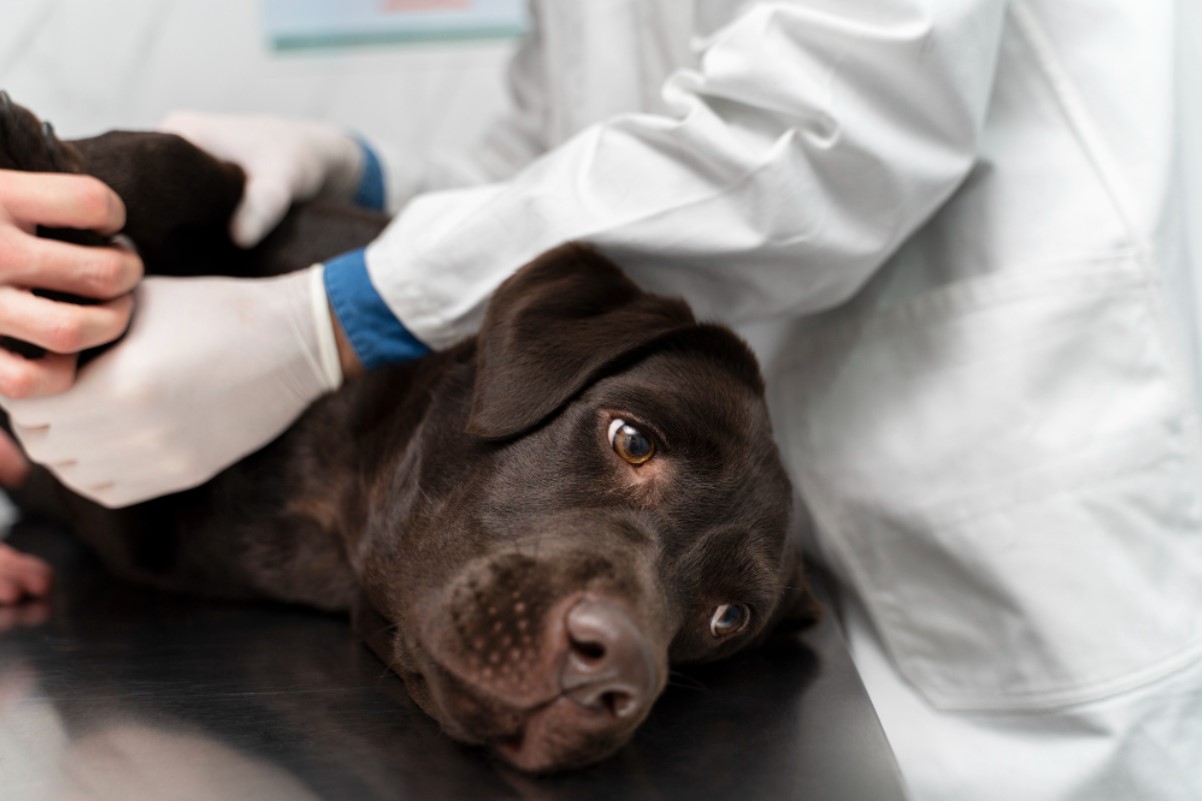
Over the past few centuries, humans have contracted deadly diseases from wildlife. To scientists, this process is known as zoonoses.
According to the Emerging Pathogens Institute, “For as long as humans have been domesticating animals, there have been zoonoses,” meaning the spread of diseases from animals to humans.
Reverse Zoonosis

What’s seldom talked about in the media, however, is reverse zoonosis, or the spreading of deadly diseases from humans to animals.
Over the past three decades, according to Nature, at least 60% of the deaths of primates living in Uganda’s Kibale National Park were directly related to human pathogens.
Growing Risk of Disease for Gorillas and Chimpanzees
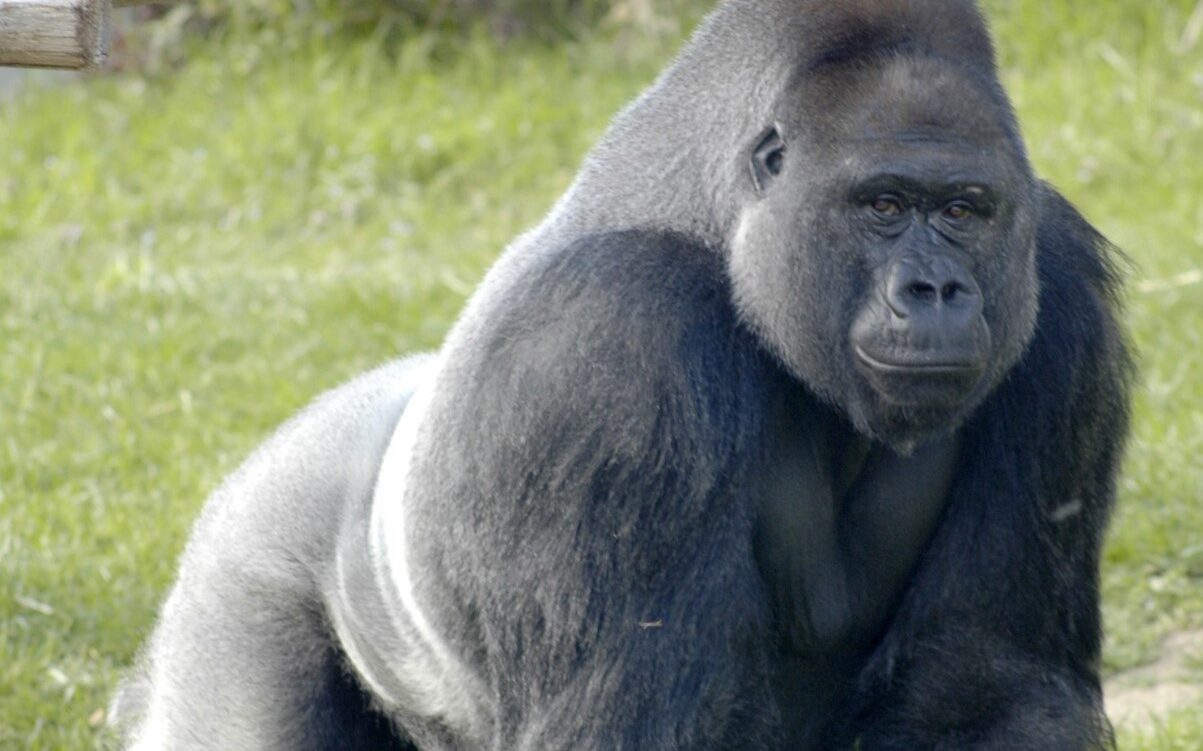
As gorillas and chimpanzees are biologically similar to humans, they are at a greater risk of reverse zoonoses.
According to Nature, the spread of human pathogens is a far greater risk to chimps than poaching or the loss of habitat.
Reverse Zoonoses Has Been Disastrous for Animals

Kyle Elliot, an ornithologist from McGill University in Montreal, Canada, argues reverse zoonoses have been disastrous for wildlife worldwide.
“In reality, the transmission of novel diseases from humans to wildlife has been far more disastrous,” per The Week.
Affecting Animals Around the World
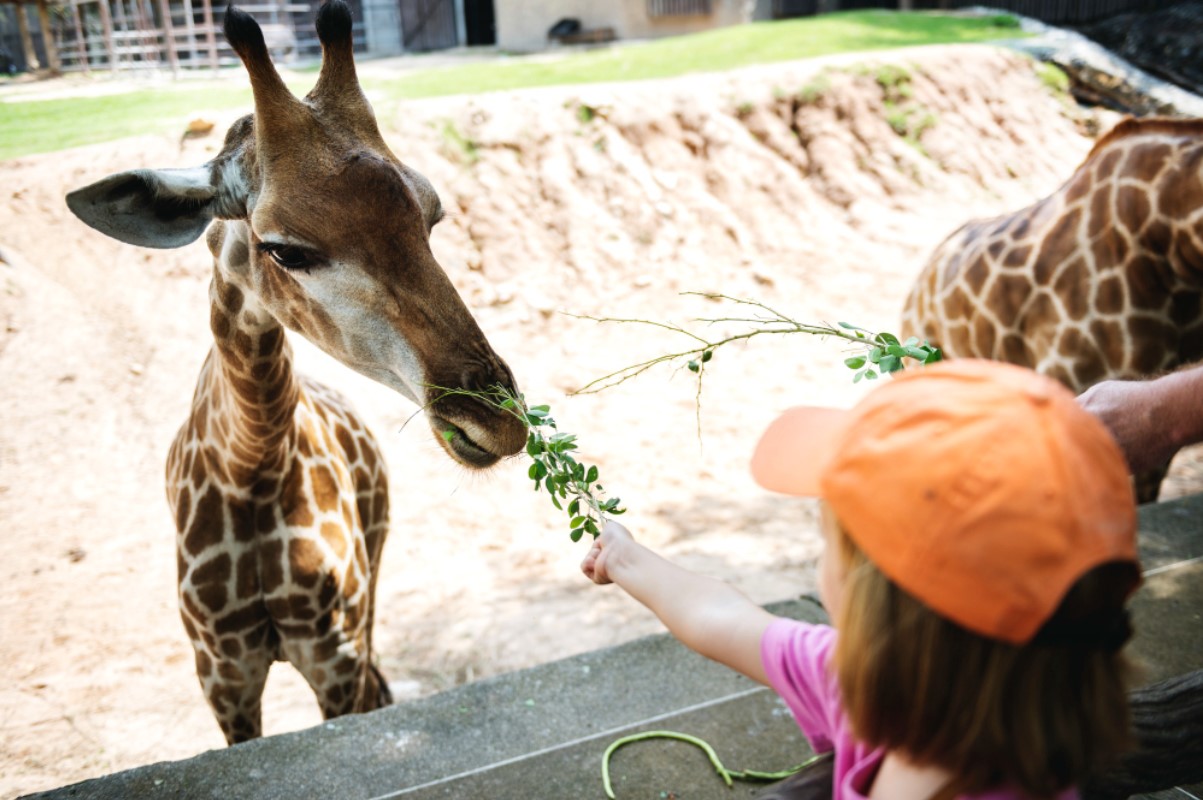
Animals around the world can become infected with human diseases. Household pets have contracted COVID-19, dengue, and even tuberculosis from their owners, per EPI.
But, because chimpanzees and gorillas share around 98% of humans’ genetic material, they are the “most vulnerable to our diseases.”
Deadly Polio Outbreak
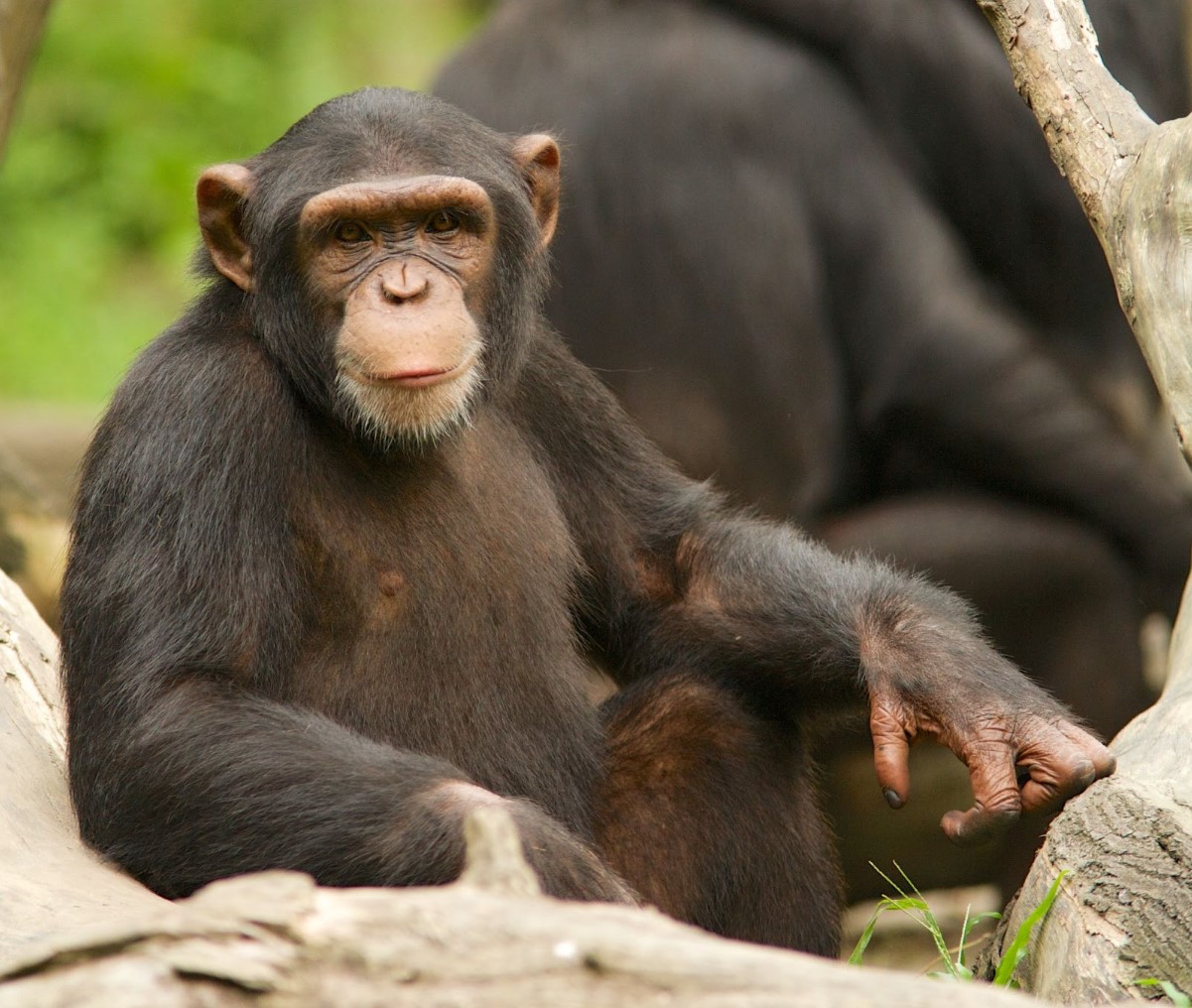
In the mid-1960s, primatologist Jane Goodall saw the devastating effects of a polio outbreak among chimpanzees living in Gombe Stream National Park. The disease had spread from an outbreak at a nearby human encampment.
The Jane Goodall Institute said, “Interaction with tourists and loggers can expose chimpanzees to diseases they cannot fight, like the common cold or the flu.”
Deadly Human Diseases
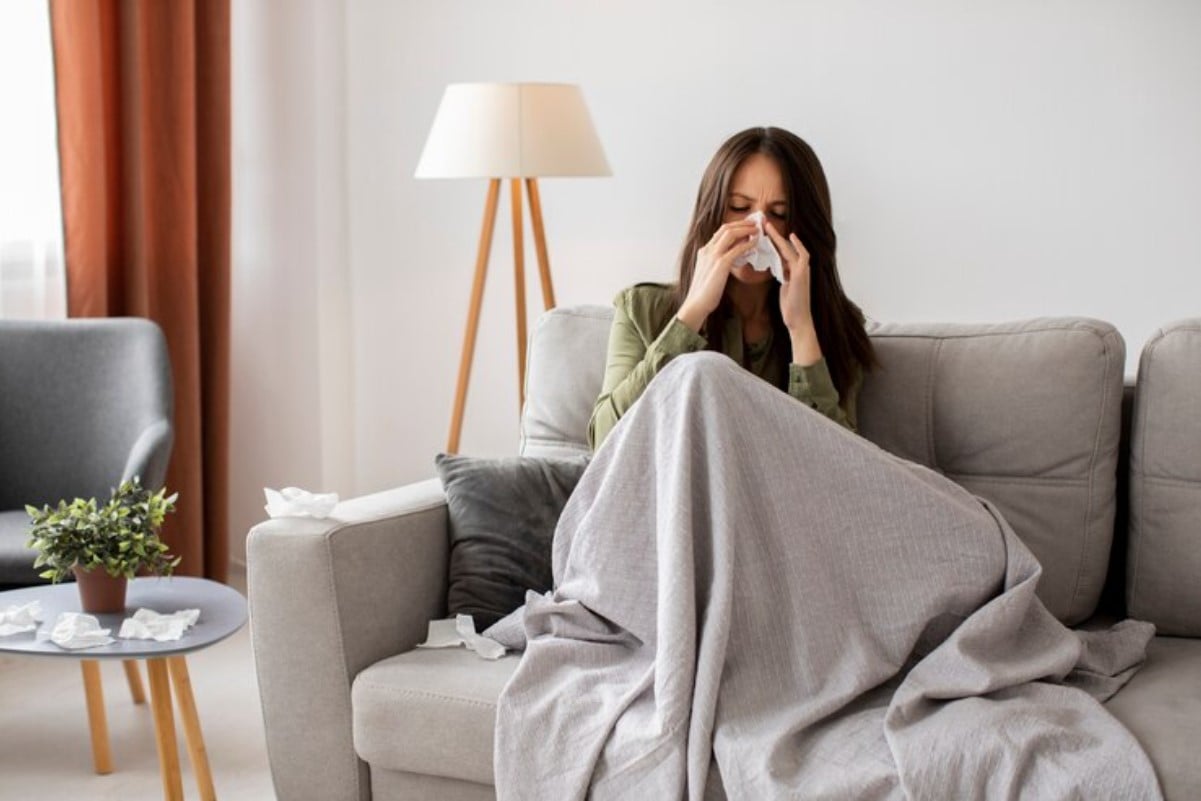
A scientific report published in 2022 studied the effects of several instances of reverse zoonoses.
While diseases such as the metapneumovirus (HMPV) typically give humans symptoms that resemble a minor cold, “these diseases can be deadly” for primates, per The Week.
Leading Killer of Chimps for Over Three Decades
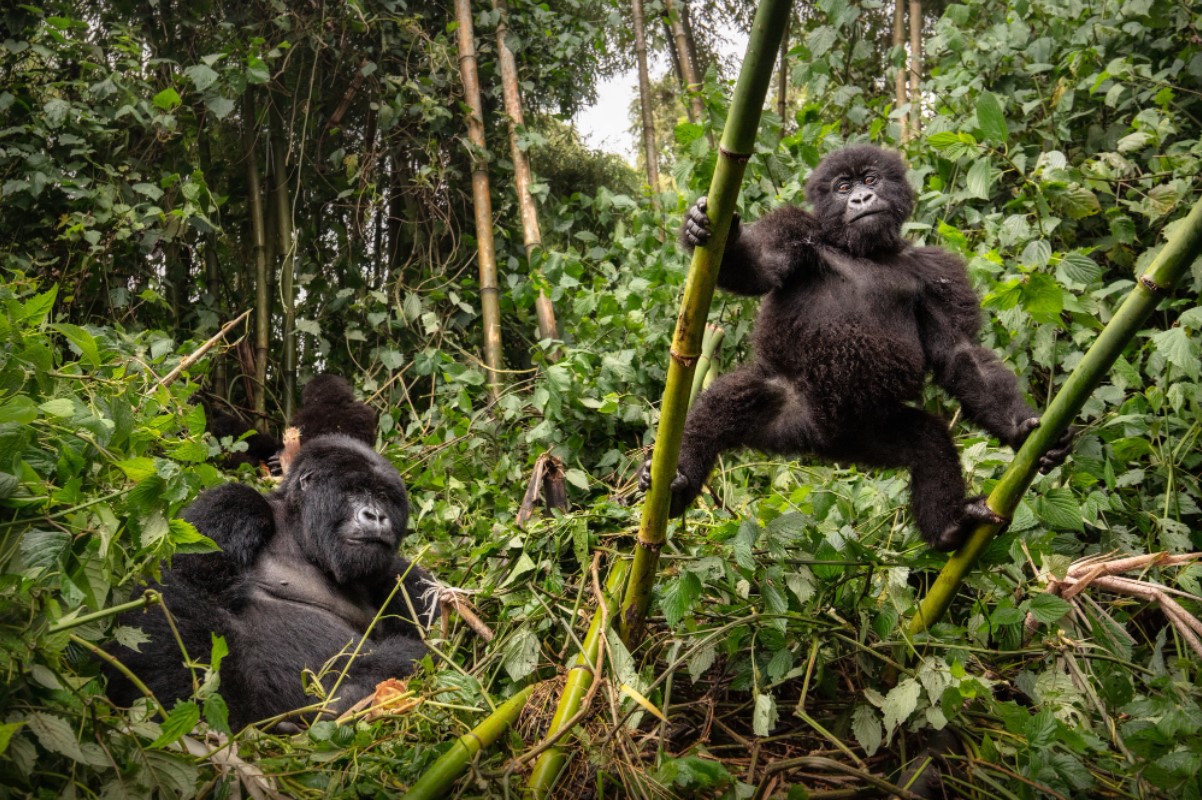
Unfortunately, metapneumovirus has been “the leading chimp killers for more than 35 years, accounting for almost 59% of deaths from a known cause.”
Yet, the public is somewhat in the dark as it is “hardly studied compared with other conservation issues, and public awareness is likewise scant.”
What Can Be Done to Reduce Reverse Zoomoses?
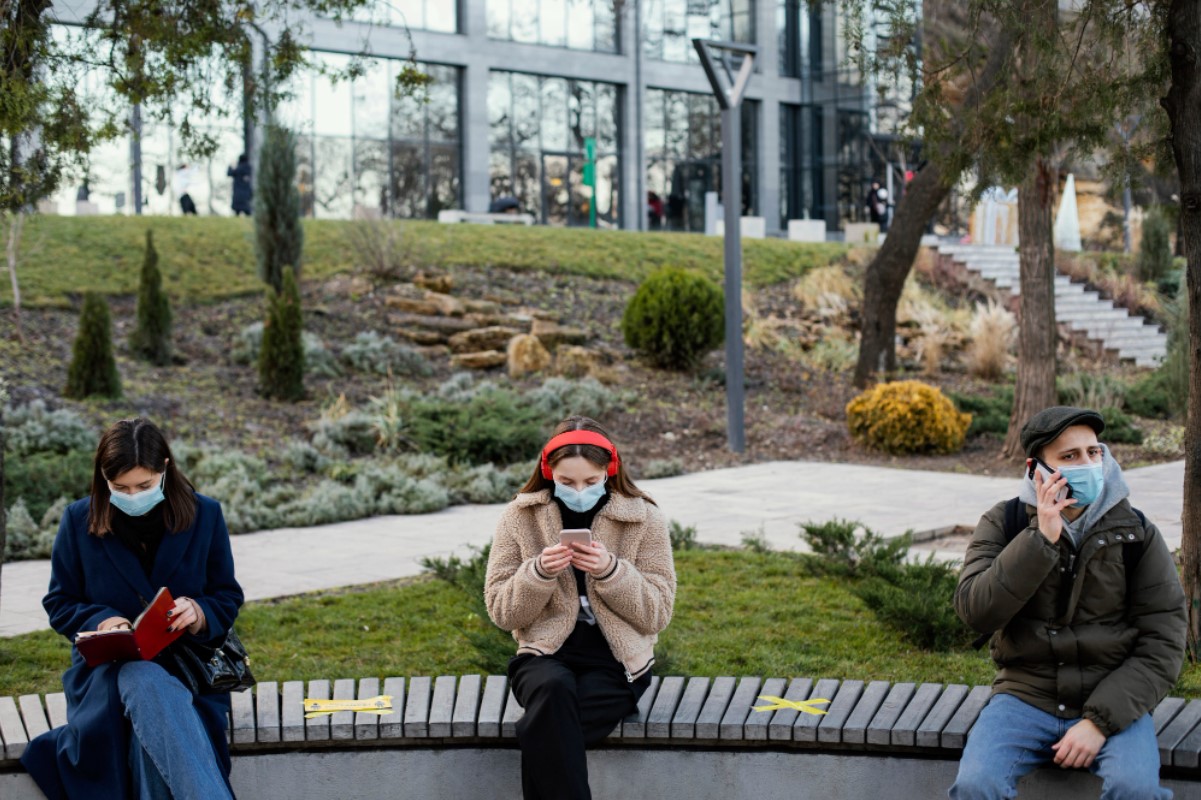
Organizations around the world are doing their best to ensure deaths associated with reverse zoonoses are reduced.
The International Union for Conservation of Nature released several guidelines in 2015. This includes limiting the number of people that come into contact with great apes to eight and wearing a mask in their presence.
Primates Held in Captivity Get Sicker
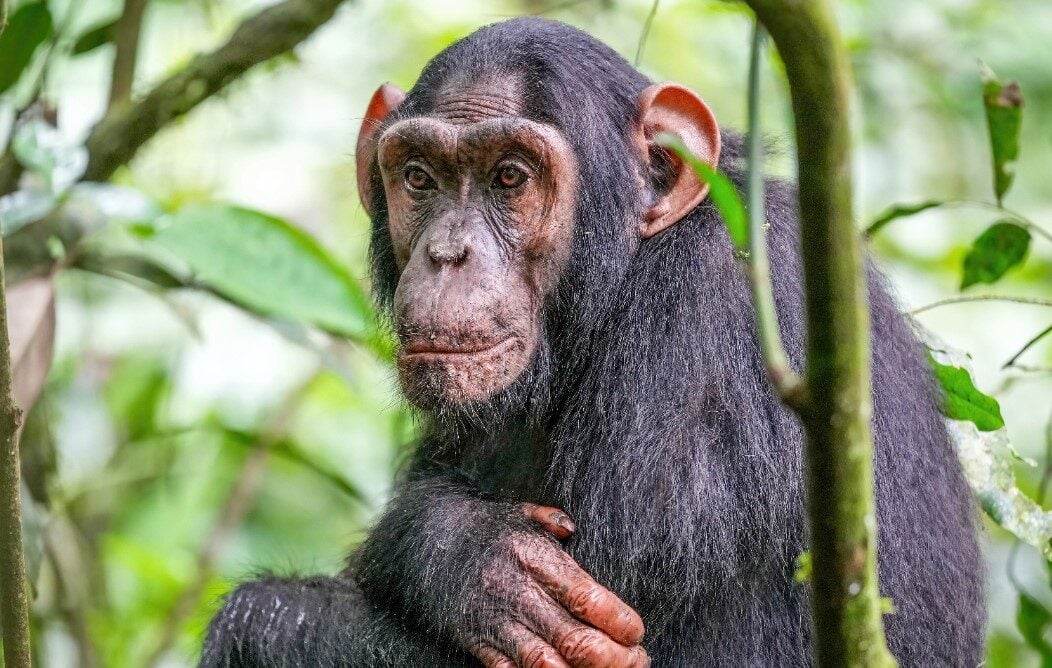
According to a Spanish news site El País, over 80% of primates infected with human diseases were those held in captivity or in “close proximity to tourists.”
“The fact that people are willing to pay $1,000 in Rwanda to see gorillas in the wild speaks volumes,” the publication wrote.
Hope for the Future
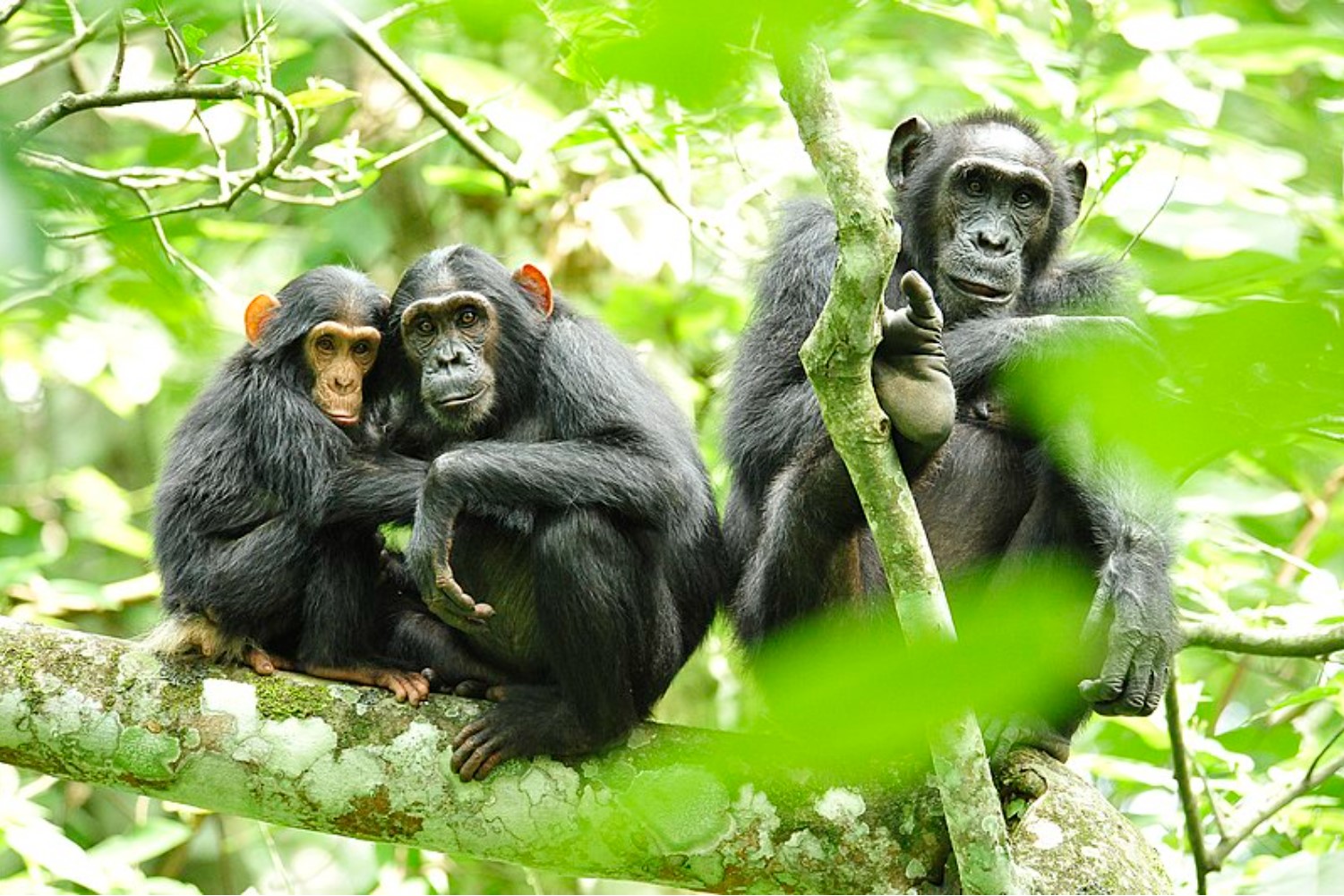
Conservationists hope that stricter protocols will reduce the risk of infecting primates with human pathogens in the future.
“As our understanding and awareness of these issues grow, it is likely that outbreaks will become less frequent over time,” wrote El País.








































